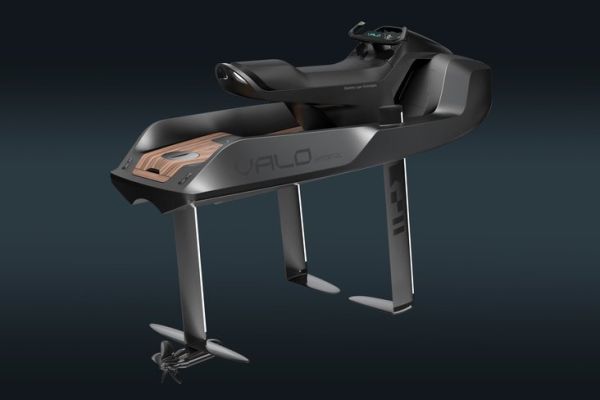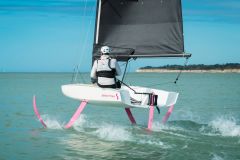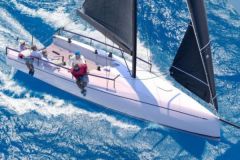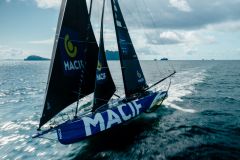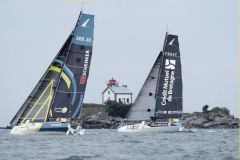A hyperfoil with a flight controller
Valo is an electrically-powered watercraft with foils. While it's not the first of its kind - Bird-e-Marine and Neocean have tried their hand at it, for example - it's based on top-of-the-range technologies. This one is the brainchild of Boundary Layer Technologies, a Californian start-up that designs zero-emission foilers to decarbonize maritime transport. Dubbed "hyperfoil" by its designers, this new-generation jet-ski features a Skyride flight and stability controller, developed in-house. This system measures the position, state and behavior of the VNM, then calculates where to position each of the control surfaces and flaps, all 100 times per second.
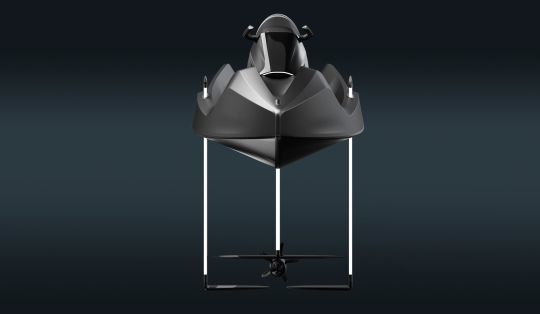
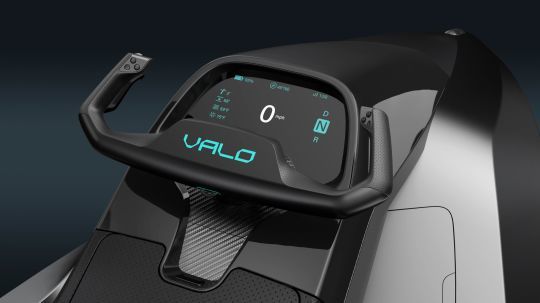
From 0 to 36 knots in 8 seconds!
The Valo is designed to fly from 13 knots, with a top speed of 36 knots. It should reach this speed in 8 seconds. At a cruising speed of 26 knots, it has a range of 68 miles. The Valo can be fully recharged in 3 hours, using a 240-volt car charger. For the moment, no official information has been released on the electric motorization. Articles published in an earlier phase of the project by our Plugboat colleagues suggested a motor equivalent to 110 hp. Thanks to its retractable foils, it can be easily transported on a jet-ski trailer.
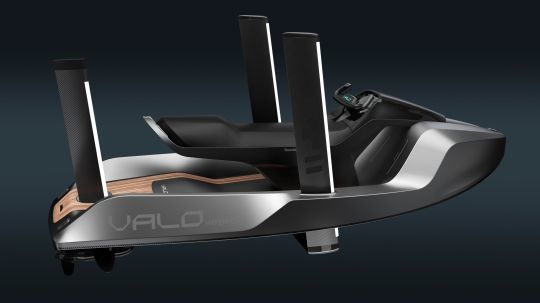
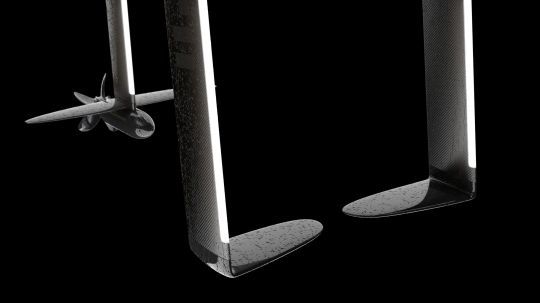
Cutting-edge technologies
The project combines technologies from the aerospace and motor sports industries, as well as from the America's Cup in terms of flight. Valo features L-shaped foils on the bow and an aft rudder with a thruster and T-wing. The boat is made from high-modulus carbon fiber composite, titanium and stainless steel, with a seat in vegan leather. Construction takes place in a workshop in Alameda, California, using parts made in the USA and New Zealand.
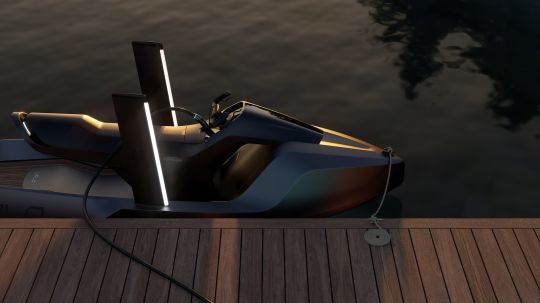
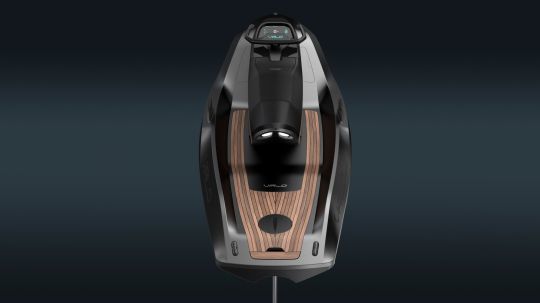
The base price of $59,000 is high, but justified by its designers by the advanced electronics, quality materials and foiling system. The first models will be delivered in 2024.

 /
/ 